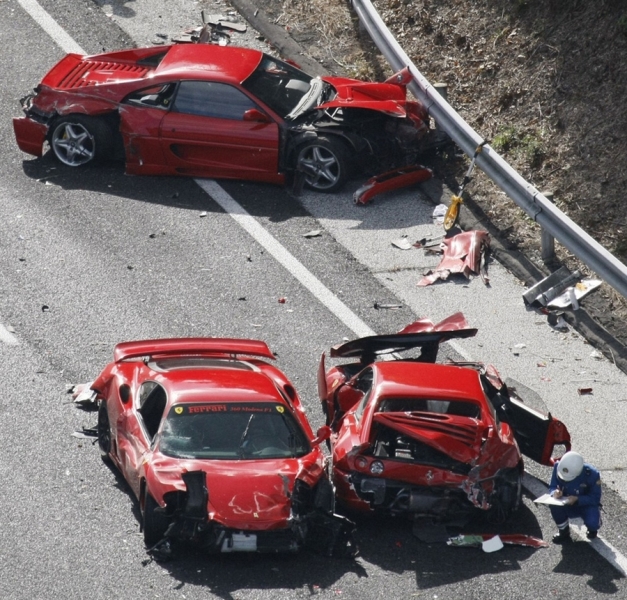bachevelle52
Active member
- Joined
- May 23, 2009
- Messages
- 43
wow it's been so long since i visited my favorite forum, i didnt realize how much i missed this place. first off, sorry to those who pm'd me about those pga 2500's, i still have 8 if anyone is still on that project.
To the point, im working on something for a buddy of mine that has a class 8 drag racing/tractor pull truck (semi). the way they class the trucks is to plug a diagnostic scan tool into the ecm and look at the op file to see what horsepower class the truck belongs in. the rulebook says as long as we cant find the modification you can use it. (so no power boxes, power chips etc.).
there are 2 things i would like to try, which is where i need some opinions. the motor has crankshaft and camshaft position sensors that feed a pulsed signal to the ecm so it can calculate when to fire each injector. diesel engines make more power when the timing is advanced so im trying to come up with a way to reliably get the signal to the ecm sooner.
my thoughts so far:
1. maybe theres a way to amplify the pulse so i could detect it sooner, im only talking 2 or 3 degrees of crankshaft rotation.
i can feed the pulse back to the ecm from whatever source i want it just has to look like the sensor signal and be accurate. i can insert a circuit between the sensor and ecm, with a stronger voltage so maybe the sensor might "see" the magnet on the crank sooner?? was that a statement?
2. or, catch the first pulse and delay it 358 degrees and then show it to the ecm, it would always be nearly a rev behind but i dont think that would matter.
the second thing i wanted to try was to lengthen the pulsed signal to each injector to hold them open longer for more fuel. its dc, but pulsed dc, could i do that with a cap? again, im talking low voltage ecm signal, and only extending it milliseconds.
thoughts, ideas, i praise you in advance oh wise ones.
To the point, im working on something for a buddy of mine that has a class 8 drag racing/tractor pull truck (semi). the way they class the trucks is to plug a diagnostic scan tool into the ecm and look at the op file to see what horsepower class the truck belongs in. the rulebook says as long as we cant find the modification you can use it. (so no power boxes, power chips etc.).
there are 2 things i would like to try, which is where i need some opinions. the motor has crankshaft and camshaft position sensors that feed a pulsed signal to the ecm so it can calculate when to fire each injector. diesel engines make more power when the timing is advanced so im trying to come up with a way to reliably get the signal to the ecm sooner.
my thoughts so far:
1. maybe theres a way to amplify the pulse so i could detect it sooner, im only talking 2 or 3 degrees of crankshaft rotation.
i can feed the pulse back to the ecm from whatever source i want it just has to look like the sensor signal and be accurate. i can insert a circuit between the sensor and ecm, with a stronger voltage so maybe the sensor might "see" the magnet on the crank sooner?? was that a statement?
2. or, catch the first pulse and delay it 358 degrees and then show it to the ecm, it would always be nearly a rev behind but i dont think that would matter.
the second thing i wanted to try was to lengthen the pulsed signal to each injector to hold them open longer for more fuel. its dc, but pulsed dc, could i do that with a cap? again, im talking low voltage ecm signal, and only extending it milliseconds.
thoughts, ideas, i praise you in advance oh wise ones.





